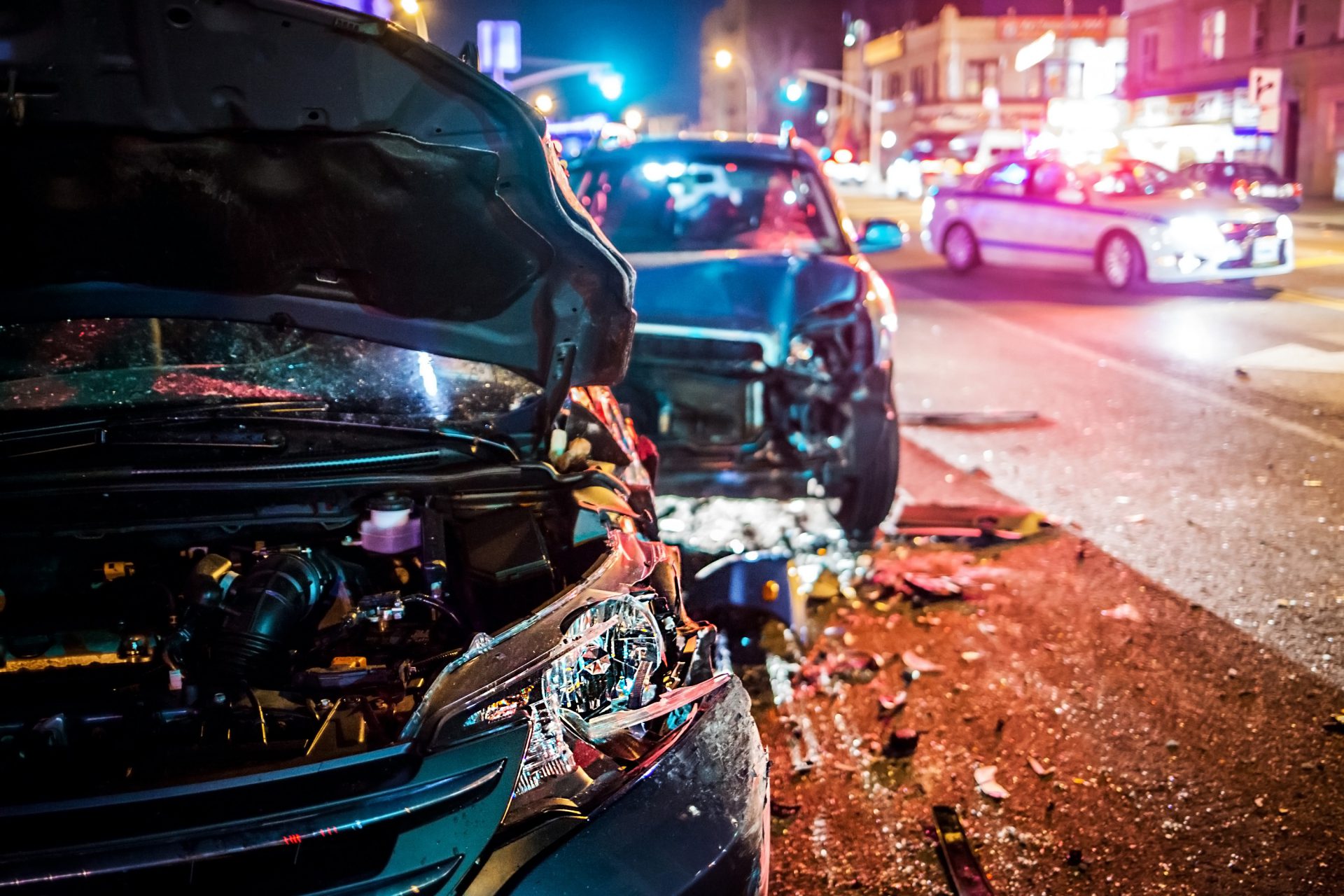

One year ago, Dara Khosrowshahi left Expedia to become CEO of Uber, inheriting a mess of scandals that Khosrowshahi has spent the past year working to resolve. To celebrate his one-year anniversary, Uber announced a host of new safety-related features, including one that uses smartphone sensors to detect crashes.
The new “Ride Check” feature uses GPS, accelerometer, gyroscope, and other sensor data from a user’s smartphone to determine whether a crash has occurred. If the system believes a crash has occurred, notifications are sent to the user’s phone, including the option to call 911, Uber said in a statement. Uber’s own safety team may also follow up by phone to ensure the rider is safe.
Ride Check doesn’t require any new permissions from riders, because it is linked to drivers’ smartphones, according to The Verge. Uber reportedly did this because drivers keep the app open more frequently than riders, who typically have the app running in the background during trips.
The new feature isn’t just for crashes. It can also flag what Uber calls “trip irregularities” that might indicate a safety risk. If there is a long, unexpected stop during a trip, for example, both the driver and rider will get a Ride Check notification asking if everything is alright. In the event of an emergency, Ride Check will present options like calling 911, or triggering an in-app emergency button.
Uber also announced a handful of other new features. The ride-hailing company will soon start testing voice controls for drivers, an insurance hub, and will add an emergency button for the driver version of its app (the feature is only available for riders at the moment).
To help protect privacy, Uber will let riders request trips using cross streets, rather than a specific address. It will also hide specific pickup and drop-off locations in driver trip histories. Once a trip is completed, drivers will only be able to see the general area where a trip started and ended, without addresses.
Uber is also beefing up two-step verification for rider accounts. Riders can now use two-step verification every time they log in, and have more options. Uber previously allowed verification through text message only, but riders can now use third-party authentication apps like Google Authenticator, Authy, or Duo.
The new app features are part of an ongoing effort to rebuild Uber’s image. Last year, the company revealed a breach that exposed the data of 57 million users, and London withdrew Uber’s operator license owing to safety concerns. Uber was able to get the license renewed after agreeing to policy changes. The company also recently hired new executives to oversee its data privacy and security divisions.